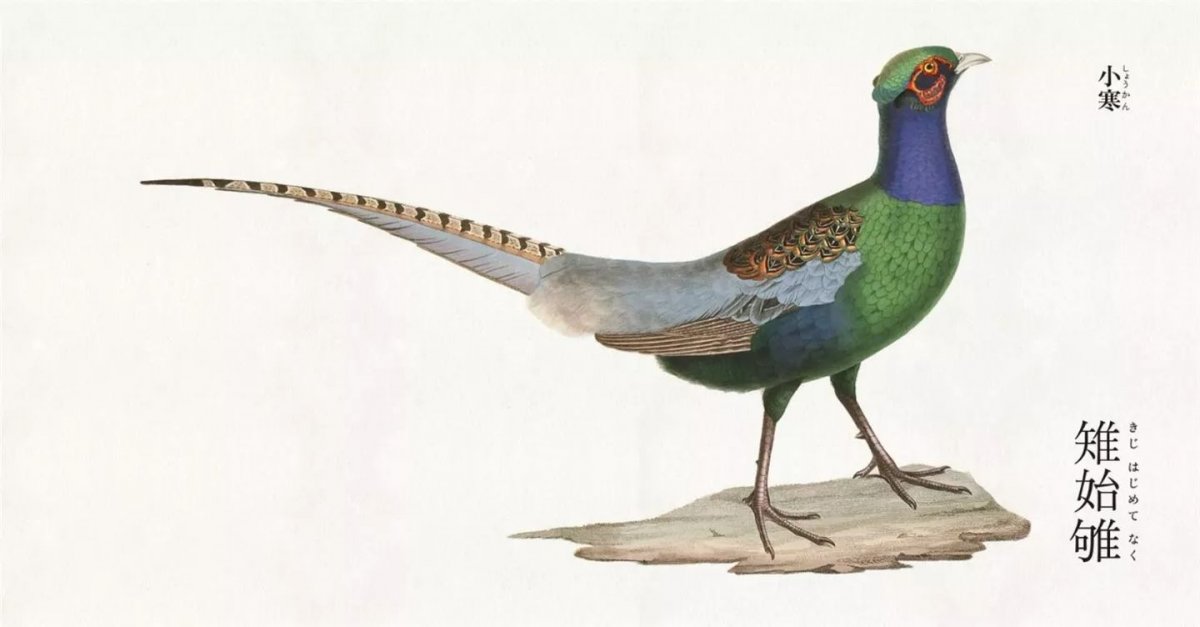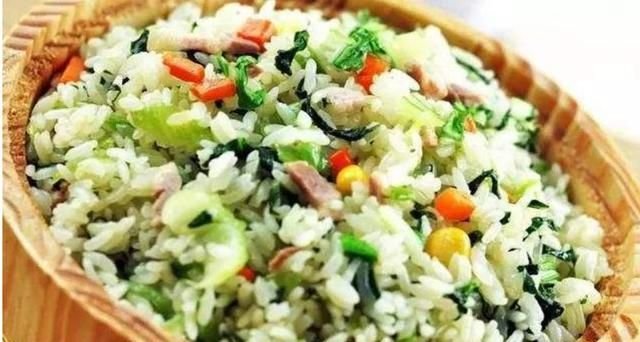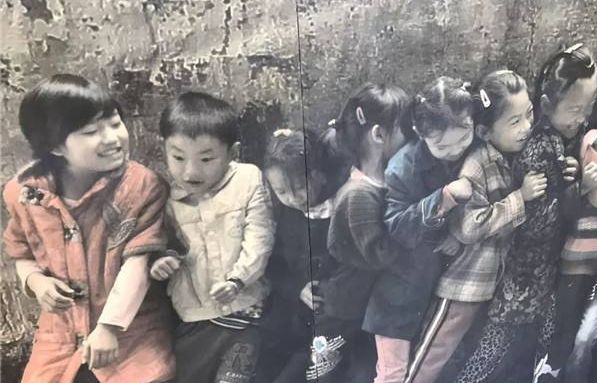Solar Terms 101: Squeeze Your Holiday Fat With These Unconventional Winter Sports
The traditional Chinese lunar calendar divides the year into 24 节气 jiéqì solar terms based on seasonal changes and natural phenomenon. They play an important role in guiding agricultural activities, even to this day. But even city-dwellers like us can enjoy them. Each solar term has its own associated customs, traditions, and even recipes. In Solar Terms 101, we delve into what makes each one special... Name of the solar term: 小寒 xiǎohán lit. “Minor Cold” Gregorian date: Jan 5 +/- a day (Jan 5, 2025) What is xiaohan all about Not long after the New Year, when the solar longitude reaches 285 degrees in the sky, the second to last solar term, xiaohan, will arrive. By the time of its advent, all remaining heat held within the ground should have been diffused and exhausted, meaning the coldest season of the year is upon us. Usually, regions in northern China will reach their lowest temperatures around xiaohan. The strong and steady impact comes from Major Asia, Mongolian High, and Aleutian Low, which fosters the stiffest west wind to showcase the prowess of a seriously harsh winter. In addition, the ancient Chinese believed that the weather patterns during minor and major cold are interlinked with the ones for the subsequent minor and major heat. Put another way: A snowless winter may portend drought in the summer. The micro seasons of xiaohan When us mere mortals have surrendered to the despotic power of the freezing weather, left to helplessly shiver beneath layers of coats, a few brighter souls with closer connections to nature are beginning to sense the rising yang energy and prepare for warmer days. As such, xiaohan's micro seasons look to three birds as examples of this subtle connection with the natural world that humans have gradually lost over time. The first one is the migratory 雁始乡 yàn shǐ xiāng wild geese, who usually spend their winter south of the Yangtze River in places such as Jiangxi Provinces' Poyang Lake. Despite the fact that temperatures in their native-Siberia are still unbearably low, these frequent travelers are well aware that their winter break is coming to an end, and will set out for the journey home soon. During the second micro season, 鹊始巢 què shǐ cháo the magpie will start to work on building its home for the next generation of nestlings. By the time their accommodation is ready for the new family members, the weather will be warmer, milder, and altogether ideal for giving birth and incubating. The last bird that will play a role in this solar term is the pheasant. During 雉始雊 zhì shǐ gòu, pheasants begin searching for potential mates with their sexy chirps while under the influence of the rising yang energy. Stretch your body for these unique winter games Believe it or not, people actually used to successfully entertain themselves on frigid winter days before the invention of smartphones and television. While many of us would be hard-pressed to put down our devices, these folks happily engaged in winter sports, which was a great way to spend time with friends and family, all while remaining active during a season that threatens to push your physical health to the test. Besides typical activities like skiing and ice skating, the ancient Chinese – especially residents of the lower Yangtze River – delighted in games such as 跳绳 tiàoshéng rope jumping, 踢毽子 tī jiànzi shuttlecock kicking, 滚铁环 gǔn tiě huán hoop rolling, 挤油渣渣 jǐ yóu zhā zhā crackling squeezing (while this sounds like a game that would involve the squeezing of sizzling pork fat, it actually saw a bunch of people, usually kids, squeeze each other against a wall), and 斗鸡 dòujī cockfighting (no roosters were harmed in this sport since it actually requires players to stand on one foot and bump into each other until there's but one player left standing). Admittedly, some of these sports are – by any standard – pretty bizarre, but when it comes to staying warm, you take what you can get! What to eat for xiaohan For kids in Nanjing, a steaming plate of 菜饭 cài fàn is usually waiting for them after a couple of rousing games of crackling squeezing with their friends. Cài fàn is a stir-fry rice dish that includes sausage, diced glazed duck, a local breed of bok choy, and various other ingredients depending on the chef’s taste. What's more, to expel the cold energy out of one’s body, this dish commonly contains diced ginger. Likewise, Cantonese people also choose to eat rice on the first day of xiaohan. An experienced chef will mix 40 percent regular rice with 60 percent sticky rice to achieve the perfect viscosity, which is then topped with sausage, cured meat, peanuts, and chopped green onion stalks. They believe eating this dish and adjusting their diet to include less sweets will nourish the cardiovascular and kidney functions. Read: Solar Terms 101: Winter Solstice Has Come, Can Spring be Far Behind? Images: Weibo, Zhihui, Sohu, Sina, Huiyibar Provided:Paid:

The traditional Chinese lunar calendar divides the year into 24 节气 jiéqì solar terms based on seasonal changes and natural phenomenon. They play an important role in guiding agricultural activities, even to this day. But even city-dwellers like us can enjoy them. Each solar term has its own associated customs, traditions, and even recipes. In Solar Terms 101, we delve into what makes each one special...
Name of the solar term: 小寒 xiǎohán lit. “Minor Cold”
Gregorian date: Jan 5 +/- a day (Jan 5, 2025)
What is xiaohan all about
Not long after the New Year, when the solar longitude reaches 285 degrees in the sky, the second to last solar term, xiaohan, will arrive.

By the time of its advent, all remaining heat held within the ground should have been diffused and exhausted, meaning the coldest season of the year is upon us. Usually, regions in northern China will reach their lowest temperatures around xiaohan. The strong and steady impact comes from Major Asia, Mongolian High, and Aleutian Low, which fosters the stiffest west wind to showcase the prowess of a seriously harsh winter.
In addition, the ancient Chinese believed that the weather patterns during minor and major cold are interlinked with the ones for the subsequent minor and major heat. Put another way: A snowless winter may portend drought in the summer.
The micro seasons of xiaohan
When us mere mortals have surrendered to the despotic power of the freezing weather, left to helplessly shiver beneath layers of coats, a few brighter souls with closer connections to nature are beginning to sense the rising yang energy and prepare for warmer days. As such, xiaohan's micro seasons look to three birds as examples of this subtle connection with the natural world that humans have gradually lost over time. The first one is the migratory 雁始乡 yàn shǐ xiāng wild geese, who usually spend their winter south of the Yangtze River in places such as Jiangxi Provinces' Poyang Lake. Despite the fact that temperatures in their native-Siberia are still unbearably low, these frequent travelers are well aware that their winter break is coming to an end, and will set out for the journey home soon.

During the second micro season, 鹊始巢 què shǐ cháo the magpie will start to work on building its home for the next generation of nestlings. By the time their accommodation is ready for the new family members, the weather will be warmer, milder, and altogether ideal for giving birth and incubating. The last bird that will play a role in this solar term is the pheasant. During 雉始雊 zhì shǐ gòu, pheasants begin searching for potential mates with their sexy chirps while under the influence of the rising yang energy.
Stretch your body for these unique winter games
Believe it or not, people actually used to successfully entertain themselves on frigid winter days before the invention of smartphones and television. While many of us would be hard-pressed to put down our devices, these folks happily engaged in winter sports, which was a great way to spend time with friends and family, all while remaining active during a season that threatens to push your physical health to the test.

Besides typical activities like skiing and ice skating, the ancient Chinese – especially residents of the lower Yangtze River – delighted in games such as 跳绳 tiàoshéng rope jumping, 踢毽子 tī jiànzi shuttlecock kicking, 滚铁环 gǔn tiě huán hoop rolling, 挤油渣渣 jǐ yóu zhā zhā crackling squeezing (while this sounds like a game that would involve the squeezing of sizzling pork fat, it actually saw a bunch of people, usually kids, squeeze each other against a wall), and 斗鸡 dòujī cockfighting (no roosters were harmed in this sport since it actually requires players to stand on one foot and bump into each other until there's but one player left standing). Admittedly, some of these sports are – by any standard – pretty bizarre, but when it comes to staying warm, you take what you can get!
What to eat for xiaohan

For kids in Nanjing, a steaming plate of 菜饭 cài fàn is usually waiting for them after a couple of rousing games of crackling squeezing with their friends. Cài fàn is a stir-fry rice dish that includes sausage, diced glazed duck, a local breed of bok choy, and various other ingredients depending on the chef’s taste. What's more, to expel the cold energy out of one’s body, this dish commonly contains diced ginger.
Likewise, Cantonese people also choose to eat rice on the first day of xiaohan. An experienced chef will mix 40 percent regular rice with 60 percent sticky rice to achieve the perfect viscosity, which is then topped with sausage, cured meat, peanuts, and chopped green onion stalks. They believe eating this dish and adjusting their diet to include less sweets will nourish the cardiovascular and kidney functions.
Read: Solar Terms 101: Winter Solstice Has Come, Can Spring be Far Behind?
Images: Weibo, Zhihui, Sohu, Sina, Huiyibar



























































